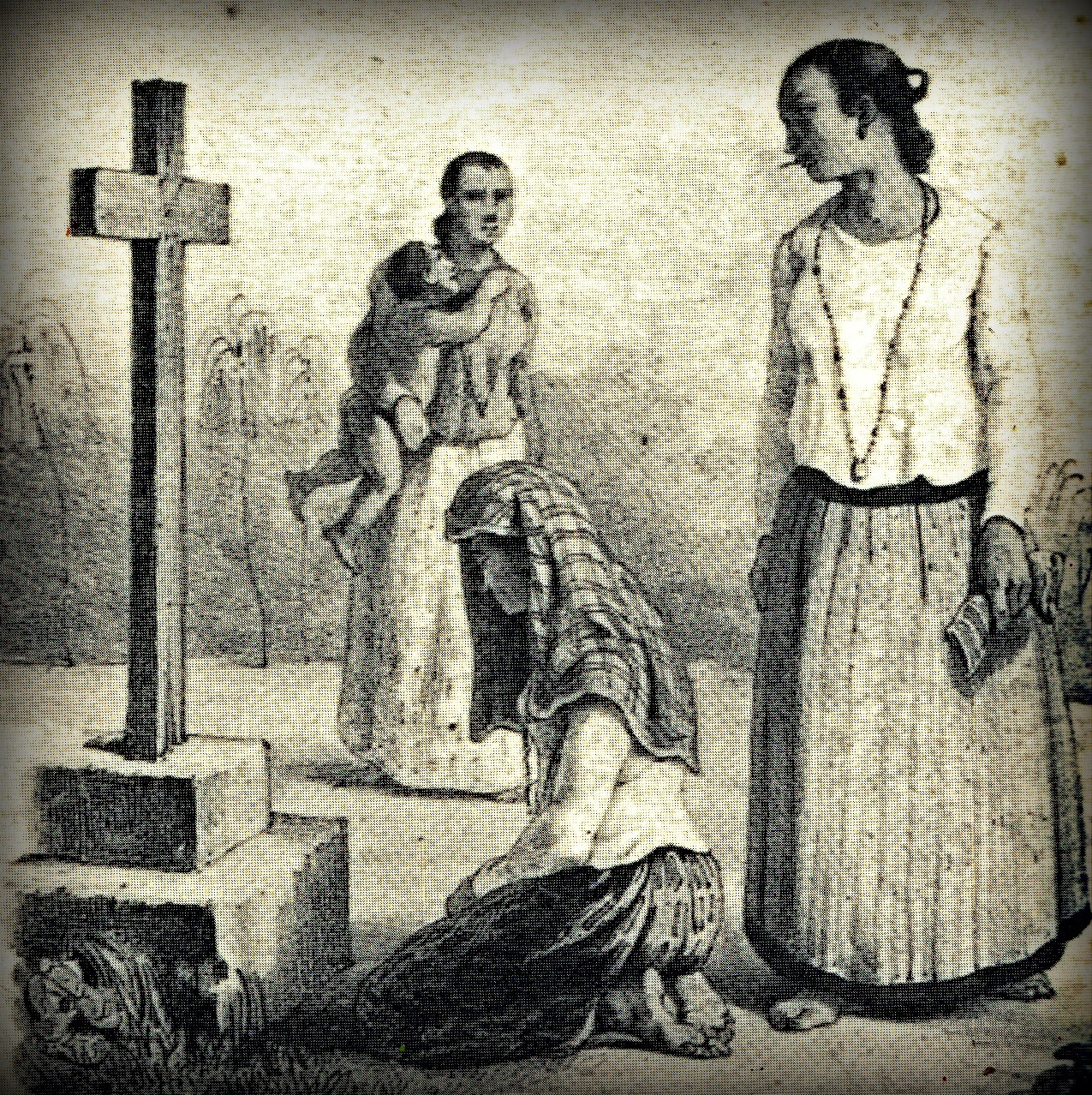Månu i Mas Ya-mu na Kåntan Chamorro?
My Pacific Daily News columns from the past two weeks focused on Chamorro music and how to determine what makes a great Chamorro song. It didn't pick any favorite Chamorro song, but it was fun thinking about the issues and how one might go about it. Here are the two columns. ******************* The decades since World War II have brought a great number of changes to Chamorro culture and Chamorro life. Practices and trades once considered essential to life have disappeared or been adapted to societal and technological changes. The decline of the Chamorro language is one of the clearest ways you can perceive these changes. But there is one way in which the Chamorro language, even as it was banned in schools and not taught to children in many homes, remained alive and well, and that was in Chamorro music. During a time of rapid Americanization, where Chamorros were actively giving up and tossing away things that had once defined them proudly as Chamorro



